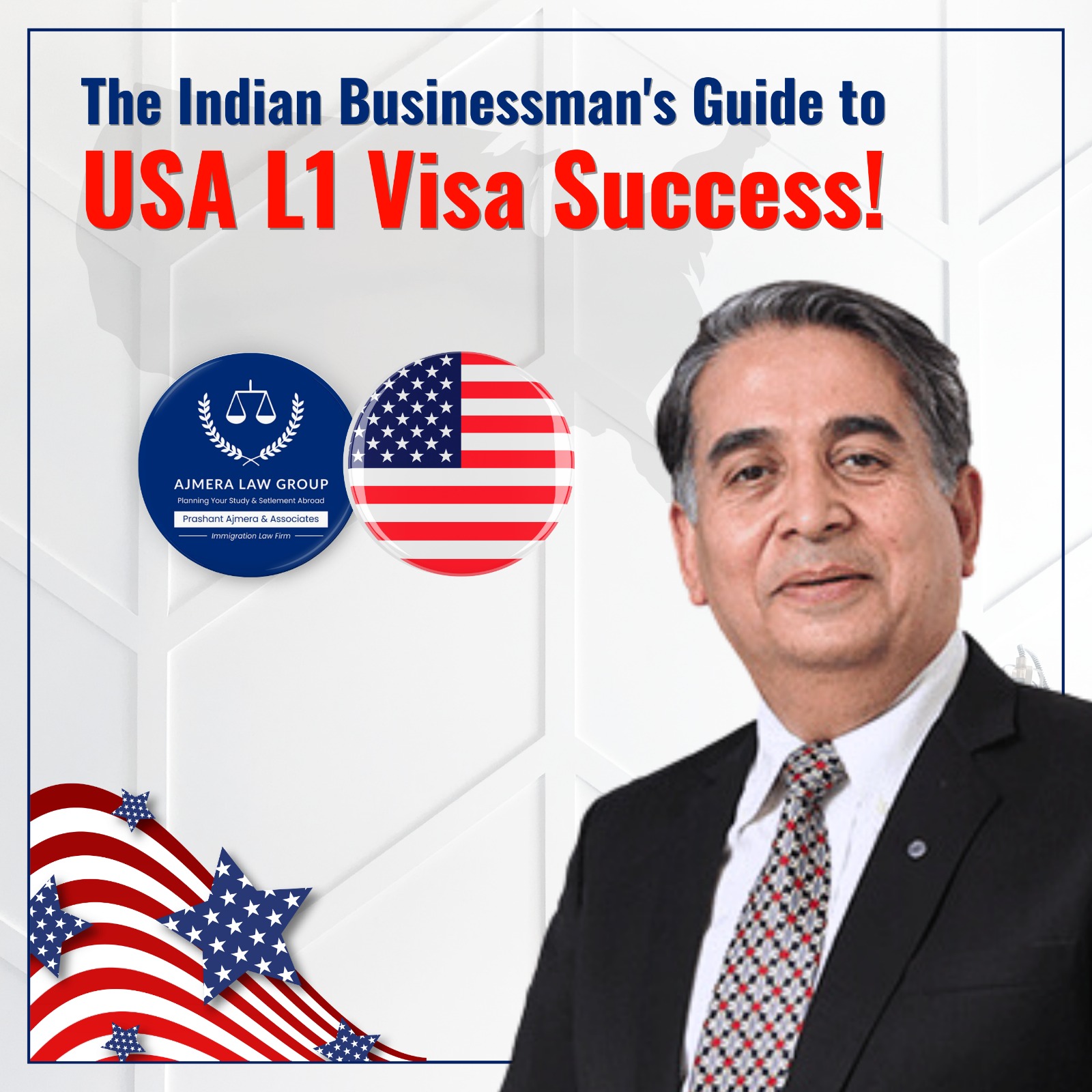Common Pitfalls to Avoid: The Indian Businessman’s Guide to L1 Visa Success
The L1 visa is a pathway for Indian business owners and executives to establish a presence in the United States. It allows them to transfer their knowledge and expertise to a branch, subsidiary, or parent company located in the US. While an attractive option, navigating the application process can be tricky. Here, we explore common mistakes Indian businessmen make when applying for the L1 visa, helping you avoid them and ensure a smoother journey.
- Inaccurate or Incomplete Application:
Seems like a no-brainer, but typos, missing information, or inconsistencies across forms can significantly delay your application or even lead to rejection. Double-check everything, from basic details to company financials.
- Underestimating the Importance of Documentation:
The US Citizenship and Immigration Services (USCIS) scrutinizes documentation heavily. Gather strong proof of your credentials, your company’s legitimacy, and the relationship between the Indian and US entities.
- Weak Justification for Intracompany Transfer:
The core of the L1 visa is the transfer of specialized knowledge. Clearly demonstrate why your expertise is essential for the US operations and cannot be replicated by existing American staff.
- Overlooking Legal Counsel:
Immigration law is complex, and an experienced attorney can be invaluable. They can guide you through the process, ensure your application is complete and compliant, and represent you during any interviews.
- Not Disclosing Past Visa Issues:
Be transparent about any previous visa applications, even if they were for different countries. Hiding rejections can raise red flags and hurt your chances.
- Skimping on the Business Plan:
For new US entities, a well-crafted business plan is crucial. It should showcase the viability of the operation, job creation potential, and a clear path to profitability.
- Lack of US Business Growth Strategy:
Our law firm has observed that many Indian small and medium-sized enterprise (SME) business owners use the L1 visa to enter the US, but lack a plan and strategy to actually grow their business there. This can lead to application refusal when they apply for renewal at the end of the first year.
- Renewal Misconception: First-Year Approval Doesn’t Guarantee Renewal:
While the initial L1 visa approval rate is high, the renewal rejection rate can be around 30%. This happens due to several factors: failing to demonstrate business growth, inconsistencies in company structure or salary, not proving the continued need for the applicant’s specialized knowledge, and lacking proper records of the company’s operations.
By avoiding these common pitfalls, Indian businessmen can significantly increase their chances of L1 visa success. Remember, meticulous preparation, strong documentation, and the guidance of a qualified immigration lawyer is your keys to a successful L1 visa application.
Please note: This blog post is for informational purposes only and should not be considered legal advice. Always consult with a qualified professional for guidance on your specific situation.
To explore your settlement options in the USA, schedule a consultation with Indian immigration lawyer Prashant Ajmera, the founder of Ajmera Law Group. Contact us at +919974253030 or email us at info@ajmeralaw.com. Discover the pathways to your American dream with expert legal guidance.




